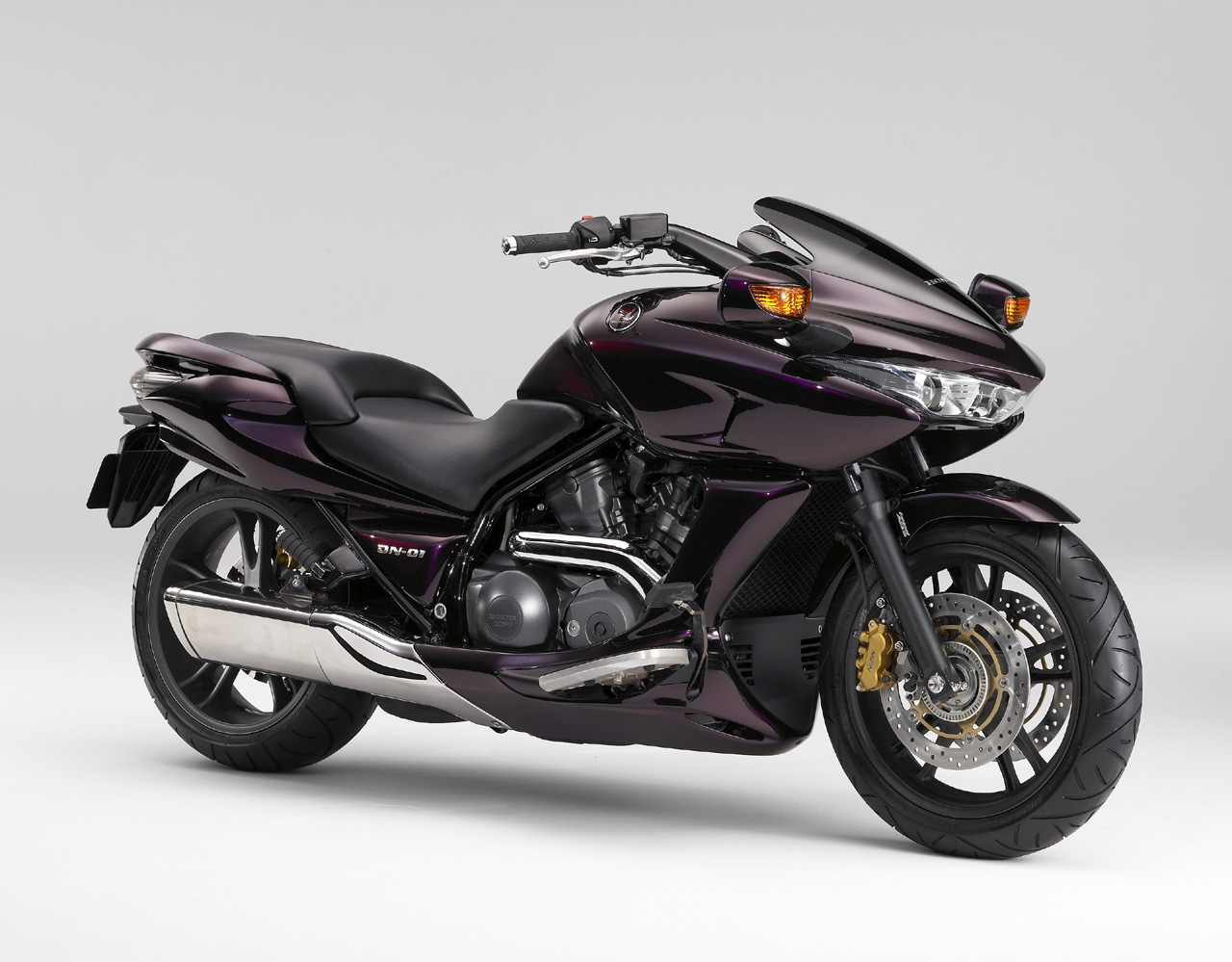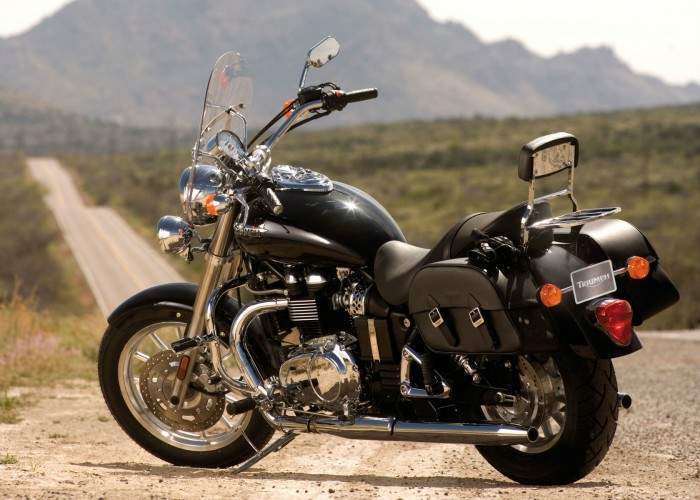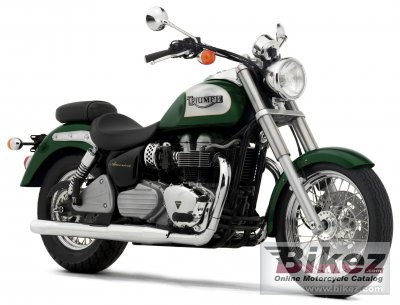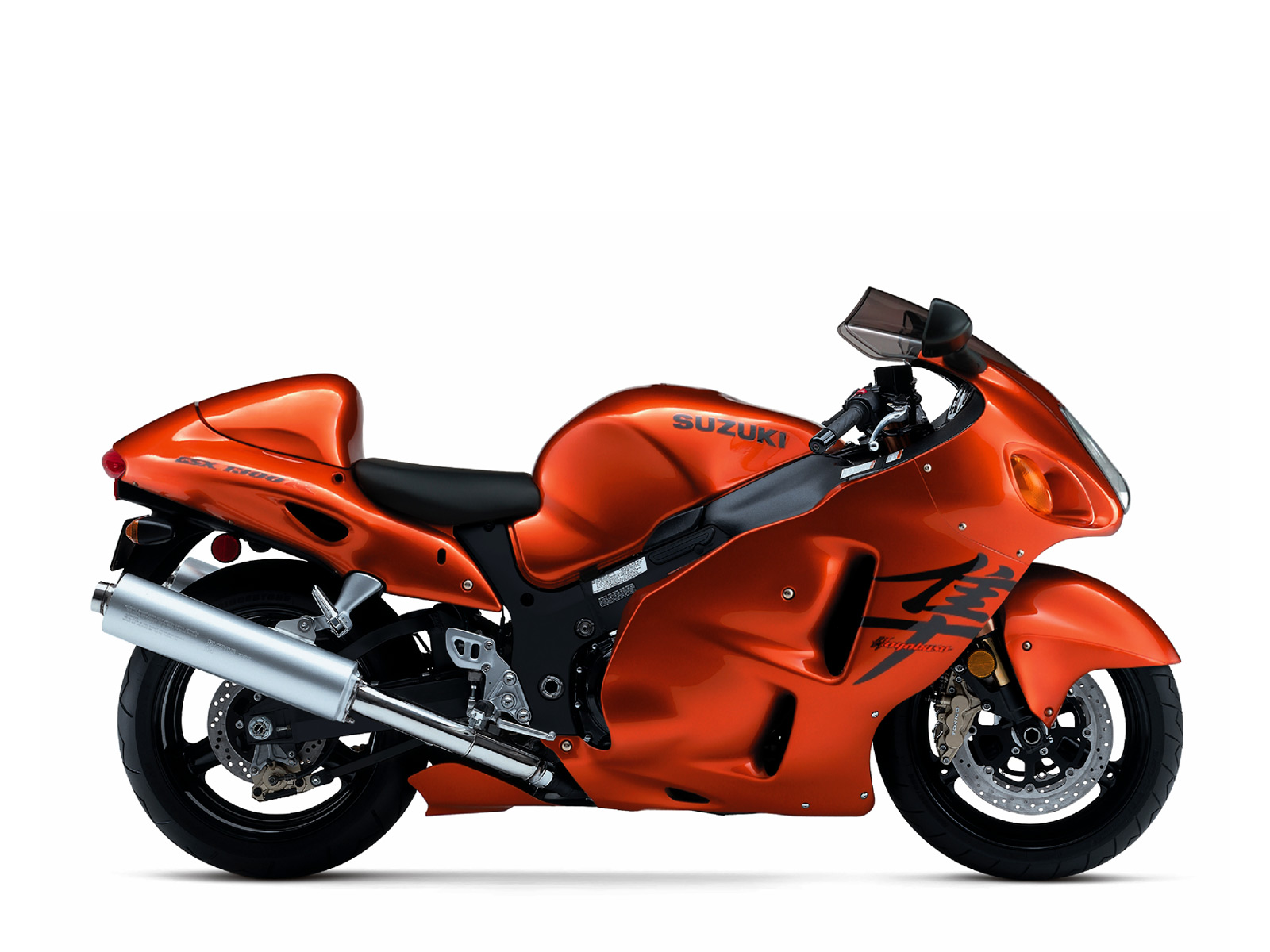
2011 Honda motorcycles models
 The company began in 1885 when Siegfried Bettmann emigrated to Coventry in England from Nuremburg part of the German Empire In 1884 aged 20, Bettmann founded his own company, the S. Bettmann & Co. Import Export Agency, in London. Bettmann's original products were bicycles, which the company bought and then sold under its own brand name. Bettmann also distributed sewing machines imported from Germany.
The company began in 1885 when Siegfried Bettmann emigrated to Coventry in England from Nuremburg part of the German Empire In 1884 aged 20, Bettmann founded his own company, the S. Bettmann & Co. Import Export Agency, in London. Bettmann's original products were bicycles, which the company bought and then sold under its own brand name. Bettmann also distributed sewing machines imported from Germany.

 The Triumph Rocket III is a British motorcycle made by the Hinckley Triumph factory and has the largest displacement engine of any mass production motorcycle, (as of September 2010[update], at 2,294 cc (140.0 cu in).
The Triumph Rocket III is a British motorcycle made by the Hinckley Triumph factory and has the largest displacement engine of any mass production motorcycle, (as of September 2010[update], at 2,294 cc (140.0 cu in).
 The final design of the S3 prototype had a large tubular steel twin-spine frame, designed by James Colbrook. Andy Earnshaw was responsible for designing the gearbox and shaft drive to a 240/50ZR16 bike specific rear tyre. High specification front brakes were twin four-piston callipers with 320 mm floating discs and the rear brake, developed specifically for the purpose, was a single twin piston calliper and 316 mm disc. Ride handling is controlled by purpose built rear shocks and 43 mm 'inverted' front forks.
The final design of the S3 prototype had a large tubular steel twin-spine frame, designed by James Colbrook. Andy Earnshaw was responsible for designing the gearbox and shaft drive to a 240/50ZR16 bike specific rear tyre. High specification front brakes were twin four-piston callipers with 320 mm floating discs and the rear brake, developed specifically for the purpose, was a single twin piston calliper and 316 mm disc. Ride handling is controlled by purpose built rear shocks and 43 mm 'inverted' front forks.
 One of Triumph’s best kept secrets may just be the Bonnie America. Very rarely do we hear about it, but in 2007 the America got Triumph’s latest 865cc parallel twin engine.
One of Triumph’s best kept secrets may just be the Bonnie America. Very rarely do we hear about it, but in 2007 the America got Triumph’s latest 865cc parallel twin engine. If you don’t like noise the America is perfect as it is. I did a little pillion comfort comparison too on the Sportster and America and here the America won by a very good margin. Even though I carried a very light passenger, she still had great impact on the slow-speed handling. This tells me something about the weight distribution which perhaps should be slightly more towards the front than today.
If you don’t like noise the America is perfect as it is. I did a little pillion comfort comparison too on the Sportster and America and here the America won by a very good margin. Even though I carried a very light passenger, she still had great impact on the slow-speed handling. This tells me something about the weight distribution which perhaps should be slightly more towards the front than today. You might have guessed that the America is not the most exciting motorcycle on the motorway. I was happiest on the A and B roads where I could slow the pace down and just cruise along and sometimes look at the countryside view with one hand on the throttle and the other scratching my balls. This is what the America was made for and in the US where the 55mph A roads stretches endlessly in a straight line there’s plenty of time for ball scratching (it’s not just me is it?). 69Nm of torque peaks at a low 4.800rpm and riding in fifth gear is possible in most speeds. The double cone chromed silencers are placed low and contributes to the looks of the America. The sound coming out of them is not very American though and we tested the idle noise next to a standard Harley Sportster 1200. There is no competition here, Harley-Davidson is doing resonance research and ads complicated meshing to the inside of its engine covers. I am not so sure Triumph is as advanced in this area in the cruiser market.
You might have guessed that the America is not the most exciting motorcycle on the motorway. I was happiest on the A and B roads where I could slow the pace down and just cruise along and sometimes look at the countryside view with one hand on the throttle and the other scratching my balls. This is what the America was made for and in the US where the 55mph A roads stretches endlessly in a straight line there’s plenty of time for ball scratching (it’s not just me is it?). 69Nm of torque peaks at a low 4.800rpm and riding in fifth gear is possible in most speeds. The double cone chromed silencers are placed low and contributes to the looks of the America. The sound coming out of them is not very American though and we tested the idle noise next to a standard Harley Sportster 1200. There is no competition here, Harley-Davidson is doing resonance research and ads complicated meshing to the inside of its engine covers. I am not so sure Triumph is as advanced in this area in the cruiser market.
 There is one thing that keeps surprising me about the 54bhp 865cc parallel twin engine and that is how little vibrations there are. Everything is just smoother than smooth. I am a bit tempted to say that the big Triumph is a bit like a Honda in that respect, but I didn’t say it did I? I know how these engines really come to life just by replacing the stock exhaust with Triumph’s aftermarket items so I’ll shut my gob. So the engine is up to 865cc from the 790 from last year but still fed by two carburettors rather than fuel injection. The carburettors are of the electrically heated type to avoid icing in cold weather. As it happens I got a rough deal on my one long journey on the America. Returning from the Goodwood Festival of Speed in the South of England I rode all the way up to the North We(s)t in constant rain showers. All the way it rained and rained. After more than 120 miles of constant riding at motorway speeds it seemed that the carburettors just drowned in rain somehow and burrrp, the engine died right there on the M40 in the rain. I had a déjà vu moment there from pre-fuel injected Harleys that threatened me to stop in the same way without actually doing it. I am not sure exactly what happens, but it seems to happen if the throttle has been opened fully for a number of miles in pissing rain with little fuel left in the tank. I left it for a minute or so and hit the starter button again. The America started fine and we could ride a few more miles and hopefully to the next garage to fuel up. But no, brrrp again. This time I left it a little bit longer before starting the engine again, crossed my fingers and luckily got all the way to the service station this time. It never happened again after this and I stopped slightly more frequent for fuel just in case. To be fair to the America, it’s not that often that it rains as heavily as it did for so long as this day. When arriving home after this journey I felt like I had swam the odd 300 miles rather than riding them.
There is one thing that keeps surprising me about the 54bhp 865cc parallel twin engine and that is how little vibrations there are. Everything is just smoother than smooth. I am a bit tempted to say that the big Triumph is a bit like a Honda in that respect, but I didn’t say it did I? I know how these engines really come to life just by replacing the stock exhaust with Triumph’s aftermarket items so I’ll shut my gob. So the engine is up to 865cc from the 790 from last year but still fed by two carburettors rather than fuel injection. The carburettors are of the electrically heated type to avoid icing in cold weather. As it happens I got a rough deal on my one long journey on the America. Returning from the Goodwood Festival of Speed in the South of England I rode all the way up to the North We(s)t in constant rain showers. All the way it rained and rained. After more than 120 miles of constant riding at motorway speeds it seemed that the carburettors just drowned in rain somehow and burrrp, the engine died right there on the M40 in the rain. I had a déjà vu moment there from pre-fuel injected Harleys that threatened me to stop in the same way without actually doing it. I am not sure exactly what happens, but it seems to happen if the throttle has been opened fully for a number of miles in pissing rain with little fuel left in the tank. I left it for a minute or so and hit the starter button again. The America started fine and we could ride a few more miles and hopefully to the next garage to fuel up. But no, brrrp again. This time I left it a little bit longer before starting the engine again, crossed my fingers and luckily got all the way to the service station this time. It never happened again after this and I stopped slightly more frequent for fuel just in case. To be fair to the America, it’s not that often that it rains as heavily as it did for so long as this day. When arriving home after this journey I felt like I had swam the odd 300 miles rather than riding them.
Ultimate Guide to Suzuki Motorcycles | Christian Little
2007 Suzuki GSXR600. Red and white, 6k miles, freshen title. Bone collection only for a Jardine GP1 slipo and BMC filter. Asking $4700 obo. I#ll post up.

 Suzuki sports bike
Suzuki sports bike Suzuki black bikes
Suzuki black bikes Suzuki red bike photo
Suzuki red bike photo Suzuki hot bike wall paper
Suzuki hot bike wall paper